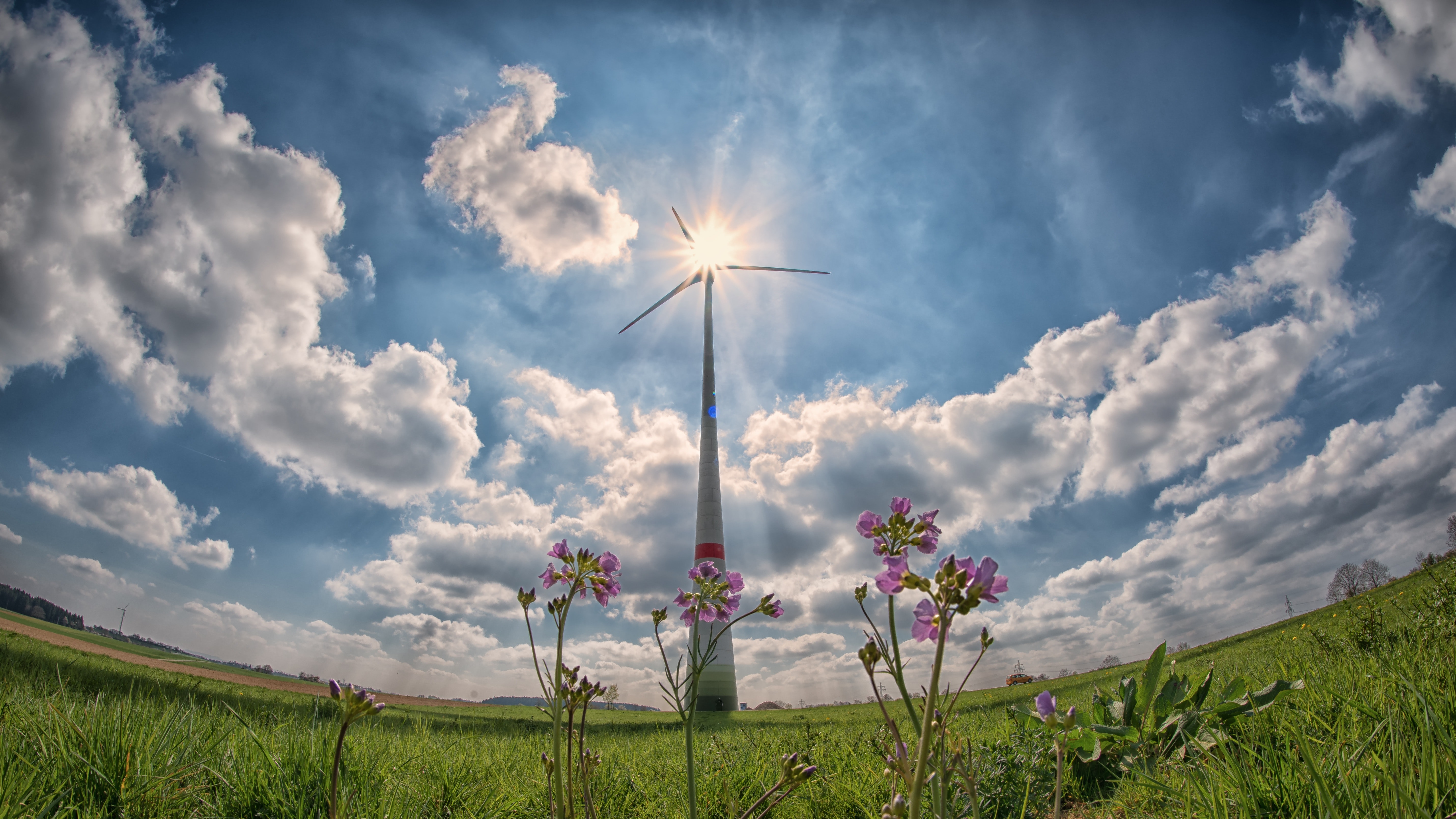 Communicating with Nature
Communicating with Natureby Aggie Perilli
In August, I was dismayed to write about 14 significant events or near misses at nuclear power plants in the United States last year. Near misses raise the risk of accidents that can be lethal for workers, neighbors, and our interconnected environment.
While writing that post, an earthquake underscored the imperative of replacing nuclear power with safe and cost-effective renewables, without delay.
Last year’s near misses occurred in Alabama, Arkansas, California, Florida, Illinois, Kansas, Maryland, Nebraska, North Carolina, Ohio, South Carolina (three times) and Virginia.
“A combination of broken or impaired safety equipment and poor worker training led nuclear reactor operators down a path of potentially catastrophic outcomes,” the Union of Concerned Scientists (UCS) wrote in its recent report on the safety of nuclear power in the United States.
Additionally, UCS identified “serious safety problems” at the Indian Point Energy Center in New York, the Peach Bottom Atomic Power Station in Pennsylvania, and the Yankee Nuclear Power Station in Vermont.
UCS said reactor owners could have avoided many of last year’s near misses if they had corrected violations identified by the Nuclear Regulatory Commission (NRC) months or even years earlier.
Valuing Health and Safety Over Profits
At the Indian Point Energy Center owned by Entergy Nuclear Northeast, the liner of a refueling cavity has been leaking since 1993. By allowing this reactor to operate anyway, UCS noted that NRC was placing people in and around Indian Point at an elevated and undue risk.
In Pennsylvania, safety threats occurred at the Peach Bottom Atomic Station owned by Exelon, the same company involved in the near miss in Illinois. Employees reportedly “slowed down control rod testing to evade regulations” that would have required a plant shutdown. NRC knew about the problem but neglected to address it adequately.
Coincidentally, UCS had compared safety at the Peach Bottom plant unfavorably with safety at the North Anna plant, near the epicenter of August’s earthquake. According to the UCS report:
North Anna’s owners…took a financial hit for doing the right thing–only to watch as NRC allowed Peach Bottom’s owner to avoid a financial hit by doing the wrong thing. North Anna’s owner has had a long track record of putting safety first. Not all owners can match that record. NRC must deprive owners of the option of ranking safety second, third or worse.
What if Virginia’s 5.8 earthquake had been centered here, or in an area equally vulnerable? Would Pennsylvanians have weathered it as safely as Virginians close to the North Anna nuclear power plant built to withstand a 6.1 earthquake? What if our earthquake had registered 6.2 or higher? Or if Hurricane Irene, which followed, walloped us with the full force of her 100-mile-per-hour winds — or if the ensuing floods crested a few inches higher?
Bill Dean of NRC is new to the Peach Bottom region. When I asked Dean about Peach Bottom’s 2010 evasion of federal regulations, he said, “I’ll have to look into it.” Although he said he’d respond “fairly stringently” to any licensee who avoided safety precautions.
Dean said, “Because of the magnitude of issues surrounding nuclear technology, to a certain extent, we really have to rely on the ability and integrity of licensees to operate their plants safely.”
David Lochbaum of UCS said NRC “made outstanding catches of impairments” that could have led to major accidents at three nuclear power plants last year. Unfortunately, the federal agency’s enforcement record has been inconsistent.
“Even if NRC consistently enforced its regulations, that wouldn’t prevent all accidents and disasters,” Lochbaum noted. “But when NRC permits preexisting conditions and known hazards to persist, accidents may be more likely to happen.”
Deregulation and deferred maintenance have led to leaks caused by mechanical and human errors. Consequently, Lochbaum urges federal regulators to be especially vigilant.
To alleviate hazards, Dean encourages NRC and power plant employees to immediately report activities that can endanger public health and safety to the
Office of Inspector General at 800-233-3497. Suspicious activities could be reported anonymously.
No Level of Radiation Is Without Risk
Exacerbating health and safety hazards are federal regulations that permit nuclear power plants to release unverified levels of radiation into the air, water and soil. Moreover, federal law allows reactor operators to monitor their own radioactive releases, as well as the projected dispersion of those releases largely through computer models.
“A significant portion of our environmental monitoring data is extrapolated,” reported the Nuclear Information and Resource Service (NIRS) on its website. There is no full and accurate reporting of how much radioactive waste is released into the air, water and soil, despite scientific evidence that, even at low or presently accepted levels, radiation can damage tissues, cells, DNA and other vital molecules, and can cause cell death (apoptosis), genetic mutations, cancers, birth defects and diseases of the reproductive, immune and endocrine systems.
That’s not the worst of it. Even more destructive is the link between nuclear power and weapons in Iran and elsewhere; terrorist threats to attack nuclear reactors; and the existing lack of safe storage for spent nuclear fuel that remains highly radioactive for several thousand years or longer. Presently, the best option for long-term storage involves containers expected to corrode and leak radioactive waste into the air, soil and water.
Expediting our Conversion to Safe and Clean Energy
On the bright side, the rapid rise of nuclear power proves how quickly we can switch to safe renewable energy when we heartily commit to it. “The world went from no nuclear power plants to 400 reactors within two generations,” Lochbaum noted. “We can advance renewable energy just as rapidly when we put the appropriate infrastructure in place.”
Among the countries building a clean energy infrastructure is Germany, which plans to phase out nuclear power by 2022. Already, Germany generates almost 18 percent of its electricity from renewables such as wind, biomass, biowaste, hydro and solar power. Germany intends to increase that percentage to 35 by 2020.
Last year, slightly more than 11 percent of the United States’ domestically produced electricity came from renewables. Although in 2009, the United States — surpassed only by China — was the world’s second largest producer of renewables from hydroelectricity, wind, wood, biomass, geothermal and solar.
Lochbaum envisions a shift from centralized power stations to sustainable community systems like the wind-hydrogen plant on Norway’s Utsira Island. Utsira Islanders, one of the world’s first communities to achieve energy self-sufficiency, have combined wind power with hydrogen fuel and produced enough renewables to store energy and export their surplus to the mainland.
Voters in the United States and elsewhere must elect politicians who will replace nuclear power — and fossil fuels — with safe and clean energy without delay. Especially now, when at least half of the nuclear reactors in the United States are older than their intended lifespan. Meanwhile, voters must also hold reactor owners and the NRC accountable for the enforcement of more farsighted regulations than those relied on today. As I wrote in August, the President’s Cancer Panel, which included appointees of George W. Bush, warned that today’s apathetic approach to regulation is already having far-reaching health consequences, especially for children.
Never doubt that a small group of thoughtful committed citizens can change the world. Indeed, it is the only thing that ever has. – Margaret Mead
Aggie Perilli is president of Aggie Perilli Communications International (APCI).
Note: If you find this post helpful, you can subscribe to this APCI blog here at no charge! Thank you for sharing your health and safety insights here on Facebook and Twitter.
recommended media


